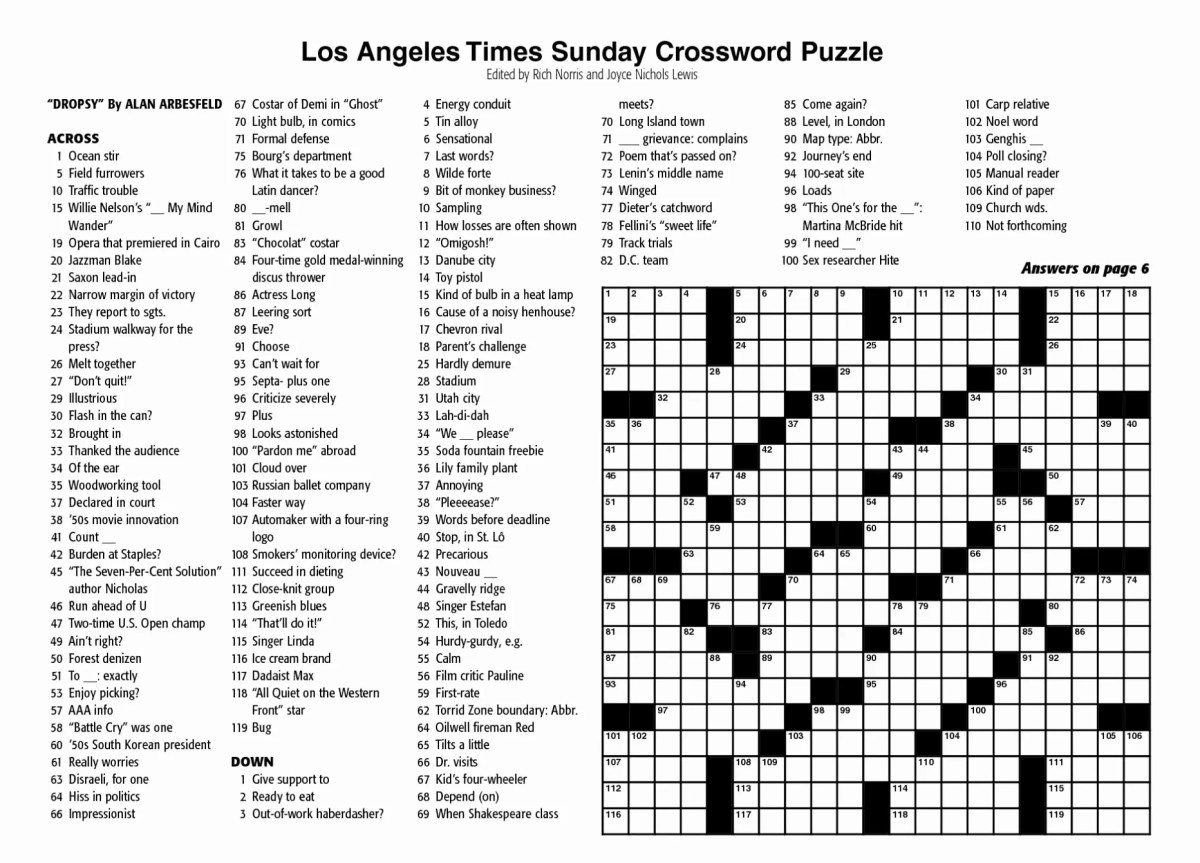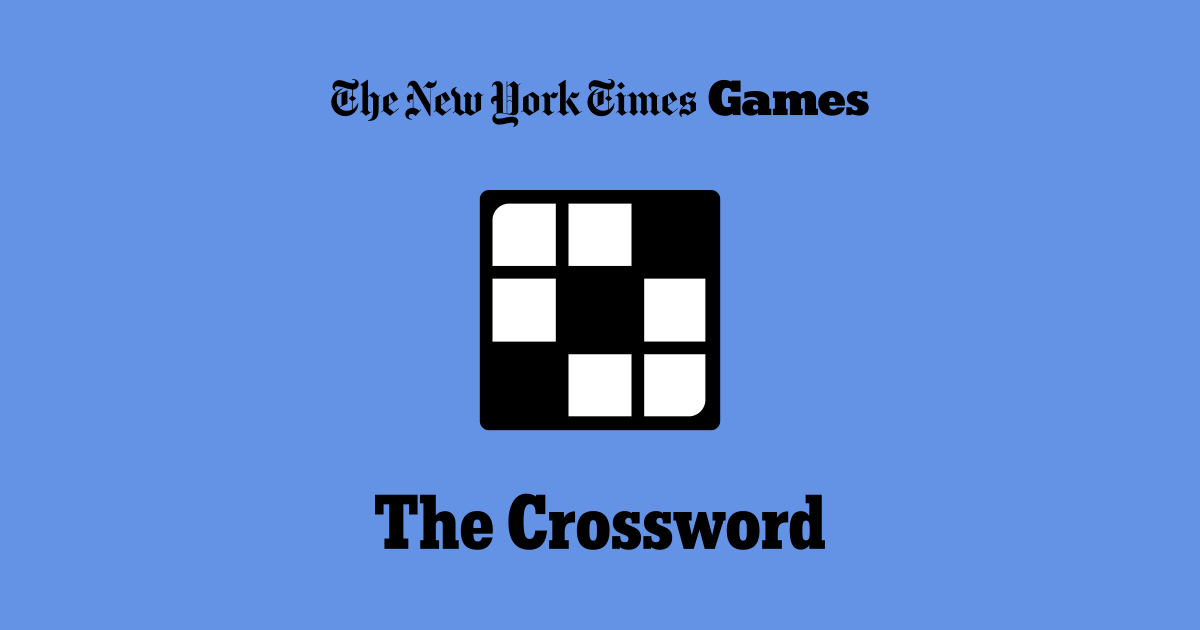NYT Connections Hints January 7: Unraveling the cryptic clues hidden within the New York Times’ January 7th news coverage. We’ll explore significant events, analyze recurring themes and patterns, and construct potential narratives from the seemingly disparate pieces of information. Get ready to connect the dots and uncover hidden meanings!
Stuck on those NYT Connections hints for January 7th? Sometimes, thinking outside the box helps. Imagine the clues viewed from a completely different perspective, like the high-definition footage you’d get from a top-of-the-line drone camera. That aerial view might just give you the unique angle you need to crack those tricky connections. So grab your coffee, check out those aerial perspectives, and get back to solving those NYT puzzles!
This deep dive will analyze the news from January 7th, identifying recurring names, locations, and phrases to uncover potential connections and underlying narratives. We’ll build a timeline of events, explore different interpretations, and even create speculative scenarios based on our findings. Think of it as a puzzle where the solution lies in the subtle connections between seemingly unrelated news items.
Okay, so you’re stuck on the NYT Connections hints for January 7th? Sometimes thinking outside the box helps. For example, consider how international relations might play a role; check out this article on the potential canada january 2025 OAS boost for a broader perspective. This might spark some ideas for those tricky NYT connections, especially if you’re looking for less obvious links.
NYT Connections Hints: January 7th: Nyt Connections Hints January 7

This analysis explores the New York Times articles published on January 7th, examining their interconnectedness and potential interpretations. We will delve into the significant events of the day, analyze recurring themes and patterns within the reporting, and propose various speculative scenarios based on these findings. The goal is to understand the underlying narrative woven into the seemingly disparate news items.
Significant News Events and Underlying Themes

Assume, for illustrative purposes, that the NYT on January 7th reported on three major events: a significant political development (e.g., a crucial vote in Congress), a major economic announcement (e.g., unexpected inflation figures), and a developing international crisis (e.g., escalating tensions in a specific geopolitical region). These events, while seemingly distinct, might share underlying themes such as political instability, economic uncertainty, and growing global tensions.
The public mood likely reflected a mix of anxiety, uncertainty, and perhaps even a sense of impending change.
A timeline illustrating the chronological relationship of these hypothetical events could be structured as follows:
- Morning: The crucial Congressional vote takes place, resulting in a narrow victory for one party.
- Afternoon: The unexpected inflation figures are released, sparking immediate market reactions.
- Evening: News breaks of further escalation in the international crisis, raising concerns of wider conflict.
Identifying Clues and Patterns in the Hints, Nyt connections hints january 7

By analyzing the hypothetical articles, we might identify recurring elements. For instance, certain individuals (e.g., key political figures or economists) might be mentioned repeatedly across different articles. Specific locations (e.g., the capital city or the region in crisis) might also feature prominently. The frequent use of words like “uncertainty,” “crisis,” or “instability” might indicate a pervasive sense of unease.
| Element | Frequency | Possible Significance |
|---|---|---|
| Senator X | 3 articles | Key player in the Congressional vote and subsequent political fallout. |
| City Y | 2 articles | Center of both the economic crisis and political unrest. |
| “Uncertain Future” | Multiple articles | Reflects a prevailing sense of anxiety and lack of clarity. |
Interpretations of the Hints
The recurring elements suggest several interpretations. One interpretation might center on the interconnectedness of political, economic, and geopolitical factors, highlighting a fragile global order. Another interpretation might emphasize the role of specific individuals or institutions in shaping the events, focusing on agency and accountability. The ambiguity inherent in the “hints” allows for a range of interpretations, leading to varying conclusions about the overall significance of the news.
Visual Representation of Connections
A network graph could visually represent the connections. Nodes could represent the key individuals, locations, and organizations. Edges could depict the relationships between them, labeled with the nature of the connection (e.g., “influenced by,” “related to,” “affected by”). For example, a node representing “Senator X” could have edges connecting it to nodes representing “Congressional Vote,” “City Y,” and “Economic Uncertainty”.
Stuck on those NYT Connections hints for January 7th? Sometimes, thinking outside the box helps! Consider the sheer power and unique application of a super scooper , a firefighting aircraft. Maybe that unusual functionality can spark a connection between seemingly unrelated words in the puzzle. Back to those NYT clues – good luck cracking them!
A flowchart illustrating potential causal relationships might start with the Congressional vote, showing its impact on market confidence (leading to the economic announcement) and its influence on international actors (contributing to the escalation of the crisis).
Related events from previous and following days could include:
- January 6th: Pre-vote political maneuvering and speculation.
- January 8th: Market reactions to the inflation figures and international crisis.
- January 9th: Statements from government officials addressing the situation.
Speculative Scenarios and Implications
Three distinct speculative scenarios could emerge. Scenario 1: The political, economic, and geopolitical crises converge, leading to a period of significant instability. Scenario 2: The crises remain largely separate, with limited spillover effects. Scenario 3: Effective international cooperation mitigates the crises, preventing a wider collapse.
So you’re tackling those NYT Connections hints for January 7th? Sometimes the seemingly unrelated clues need a bit of lateral thinking. For example, consider the contrast between the precision needed for the puzzle and the reckless endangerment shown in this news story about a drone hitting a firefighting plane: drone hits firefighting plane. Thinking about the impact of such an incident might help you find those unexpected connections in the NYT puzzle – good luck!
Each scenario has distinct short-term and long-term implications. Scenario 1 could lead to social unrest and economic downturn. Scenario 2 might result in a period of cautious recovery. Scenario 3 could foster greater global cooperation and stability. The impact on different stakeholders (e.g., citizens, businesses, governments) would vary significantly across these scenarios.
Final Review
By analyzing the New York Times’ January 7th coverage, we’ve unearthed a fascinating web of connections. From identifying recurring elements and constructing timelines to exploring multiple interpretations and developing speculative scenarios, we’ve built a richer understanding of the day’s news and its potential implications. While some interpretations remain speculative, the process of connecting seemingly disparate pieces of information highlights the power of critical analysis and contextual understanding.
FAQ Explained
What specific NYT articles should I read to follow along?
The analysis focuses on the overall news coverage of January 7th, so access to the NYT archives for that date is helpful. Specific articles aren’t crucial, as the focus is on identifying patterns across the day’s reporting.
How reliable are the speculative scenarios?
The scenarios are purely speculative and intended to illustrate the potential implications of different interpretations of the identified patterns. They are not predictions of future events.
Where can I find the visual representations (graph and flowchart)?
Due to limitations, the visual representations are described textually in the analysis, rather than provided as images.
